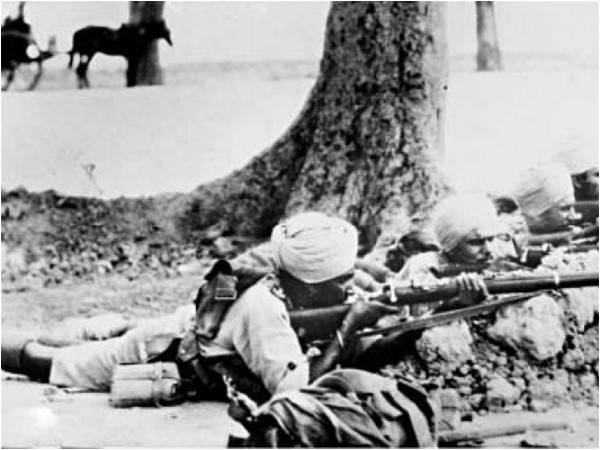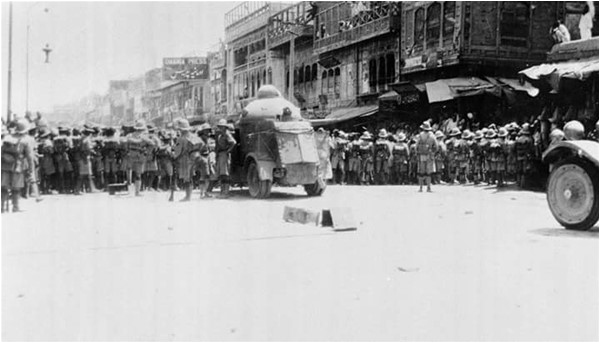
Gandhi’s civil disobedience movement against the British Indian government was also launched in the North-West Frontier Province, in 1930. The demand was complete independence. The Congress sought help from Abdul Ghaffar Khan or Bacha Khan of the Khudai Khidmatgars (1890-1988). The day chosen to start the movement was April 23. By the morning, many leaders were arrested and taken to Kabuli Thana and as news spread people started gathering in front of the Congress office, according to a paper on the events of that day published by Sayed Wiqar Ali Shah of the University of Heidelberg’s South Asia Institute. They started to head to the thana but when they reached there an armoured car came running at great speed into the crowd without any prior alarm. Up to 14 people were crushed dead. This was the first of the four armoured cars called by Sir H. Aubrey Metcalf (1883-1957), the deputy commissioner. (He had been posted as counsellor, Legation in Afghanistan just prior to this from 1924-1925.) He sent an SOS to Peshawar cantonment. Someone set the armoured car ablaze and soldiers opened fire on the demonstrators. The firing in Qissa Khwani Bazaar lasted till 3pm. That day is regarded as a milestone in the freedom struggle and is referred to as ‘San Tees Shaheedan’ (Martyrs of Nineteen Thirty). The colonial administration provided a false figure of 40 people killed and as many injured. Closer estimates are 230 killed and more than 500 injured.



